Even if you enjoy going for a run, it can be all too easy to talk yourself out of it.
Someone struggling with joint pain, hot flashes and sleep issues – just a few of the symptoms of perimenopause and menopause – is probably more likely than most to give their usual jog a miss.
But amateur running group Jog Scotland Stirling Striders is encouraging menopausal women to keep exercising through their most difficult days, to benefit both their physical and mental health.
Jane Malcolm, one of the group’s jog leaders, first championed the idea.
The wider Jog Scotland organisation now has multiple “menopause-friendly” running groups, where support, understanding and openness are just as central as the jogging itself.
Aged 54, Jane has been running for nearly 40 years. But when she began experiencing perimenopause symptoms, including body aches and low energy levels, she thought she might have to give up her favourite form of exercise.
After learning more about perimenopause and menopause and seeking out the right information and treatment, Jane felt more herself again.
And she also felt motivated to support others who wanted to keep on running, even as they experienced the same tough symptoms.
“I just think having that freedom for people to talk is so, so good,” she says.
“My mum didn’t really talk about it. I knew she went through it, but she never talked about it.
“The young women in our group are now acutely aware of what’s coming.
“They’re going to be alert to that happening and that’s a great thing. We try not to scare them, but it’s that element of it not being a surprise.”
A social group with a running habit
When she moved from Penicuik to Stirling just over a year ago, Jane quickly got the other Striders on board, and they officially signed up as menopause-friendly.
The group’s members and leaders are warm and welcoming – clearly serious about their training sessions, but keen to keep the pressure off and for each runner to find their own rhythm and speed.
As with every Jog Scotland group, it’s free to take part and accessible to all. The fundamental rules are: nobody is too slow, and nobody gets left behind.
“We always say it’s a social group with a running habit,” laughs Jane.
Stirling Striders members range in age from 20s to mid-50s. They are predominantly women, but some men go along, too.
And Jane says those men contribute to and benefit from the conversations around menopause that take place during training, since they tend to be supporting the women in their lives as they go through it.
Eradicating stigma and encouraging openness
There are expert resources about the menopause and running available on the Jog Scotland website, but it’s advice and compassion from others with lived experience that seems to have made the biggest difference to Stirling Striders members.
According to Jane, the mix of endorphins from exercising and chatting to people who understand tends to have uplifting results, even when menopause symptoms are at their worst.
“It doesn’t resolve the issues, but it gives you that solidarity,” she says.
If a Stirling Strider doesn’t feel up to running, they’re encouraged to attend training anyway. A jog leader will walk with them and offer them a chance to talk.
“It’s much better for you to be out exercising in the fresh air and chatting to somebody than sitting in the house feeling miserable,” explains Jane.
‘We’re all pooling our knowledge’
And actively eradicating stigma – talking openly about a subject many shy away from – means runners feel empowered to ask questions.
“We’re no experts, but we’re all pooling our knowledge,” Jane smiles.
Members say they find the training sessions therapeutic. They appreciate being able to share honestly with an empathetic group outside their immediate circle, offering a fresh perspective.
And though not every Stirling Strider needs their runs to be menopause-friendly, it’s clear they are all reaping the benefits of such a positive initiative, in mind, body and soul.
- Stirling Striders meet on Mondays at 6pm. The location can vary, so get in touch with the group directly if you’d like to get involved
For more Stirling news and features visit our page or join us on Facebook
Read more
I went on a guided running tour of Stirling – here’s what happened
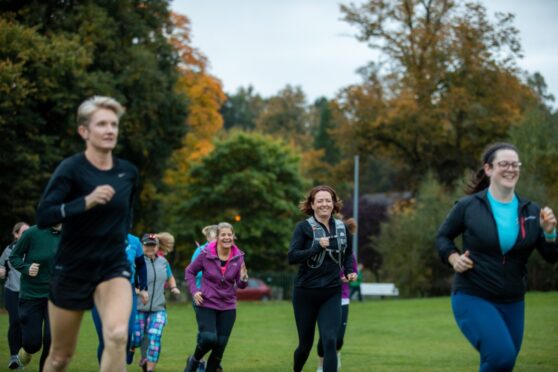
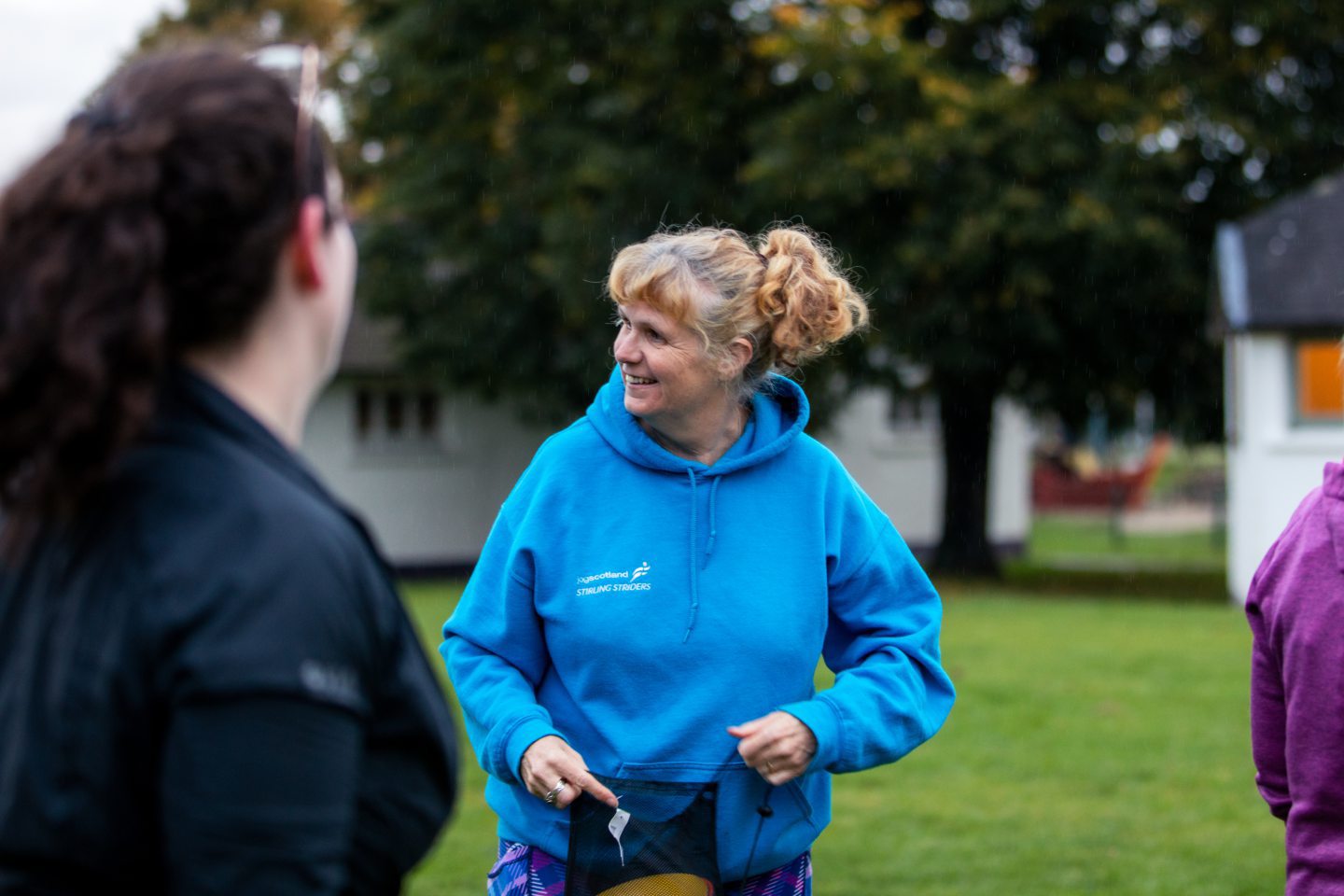
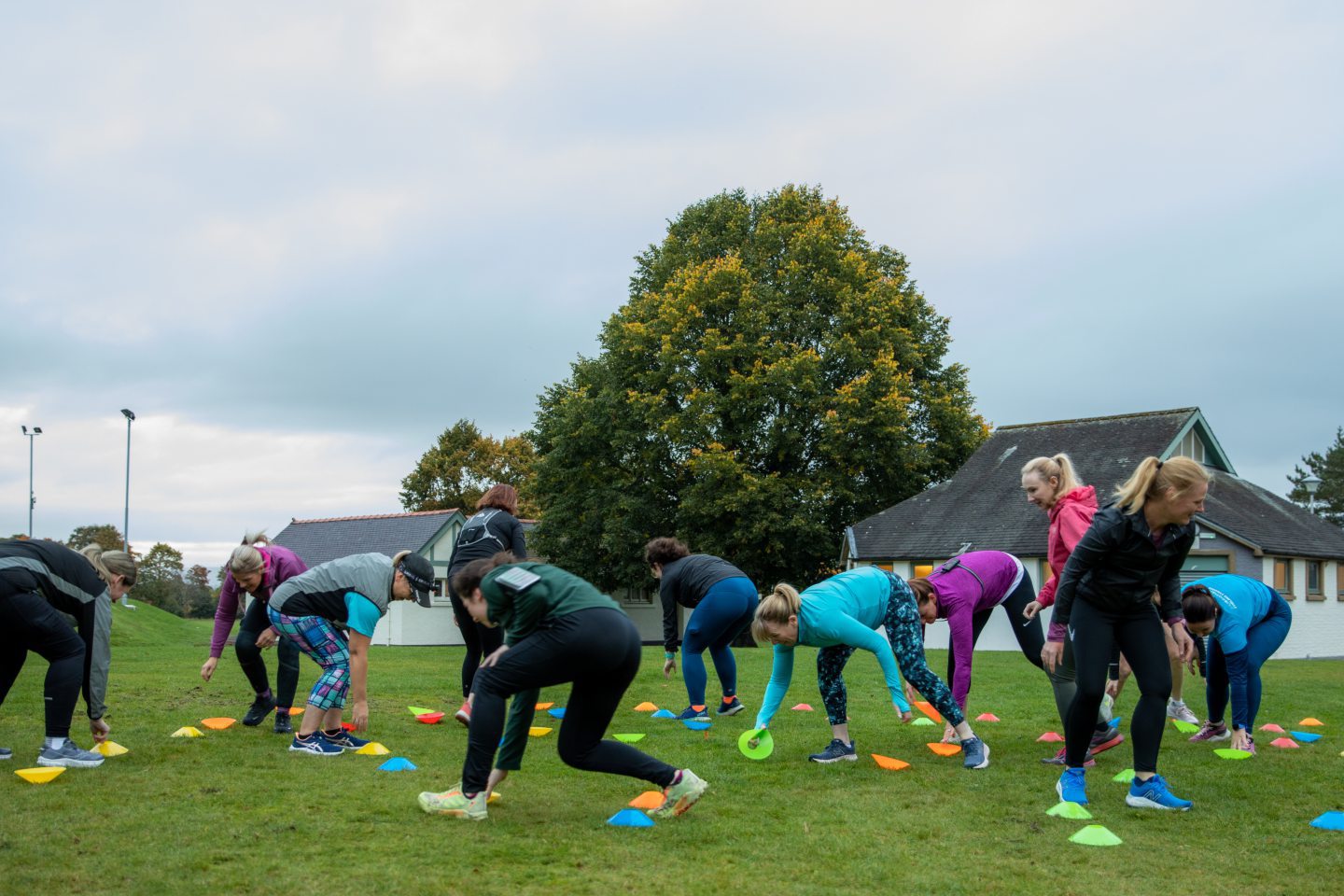
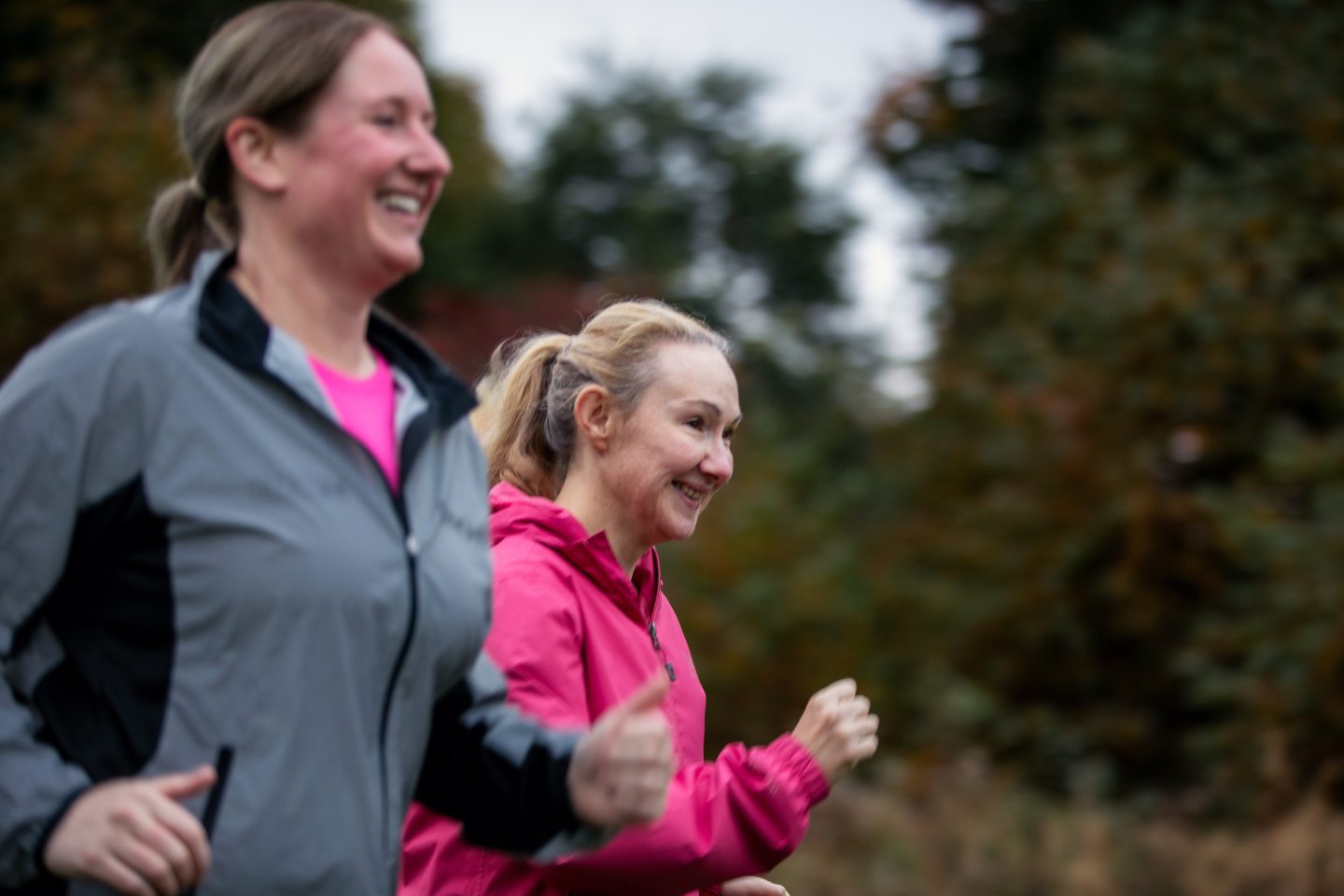
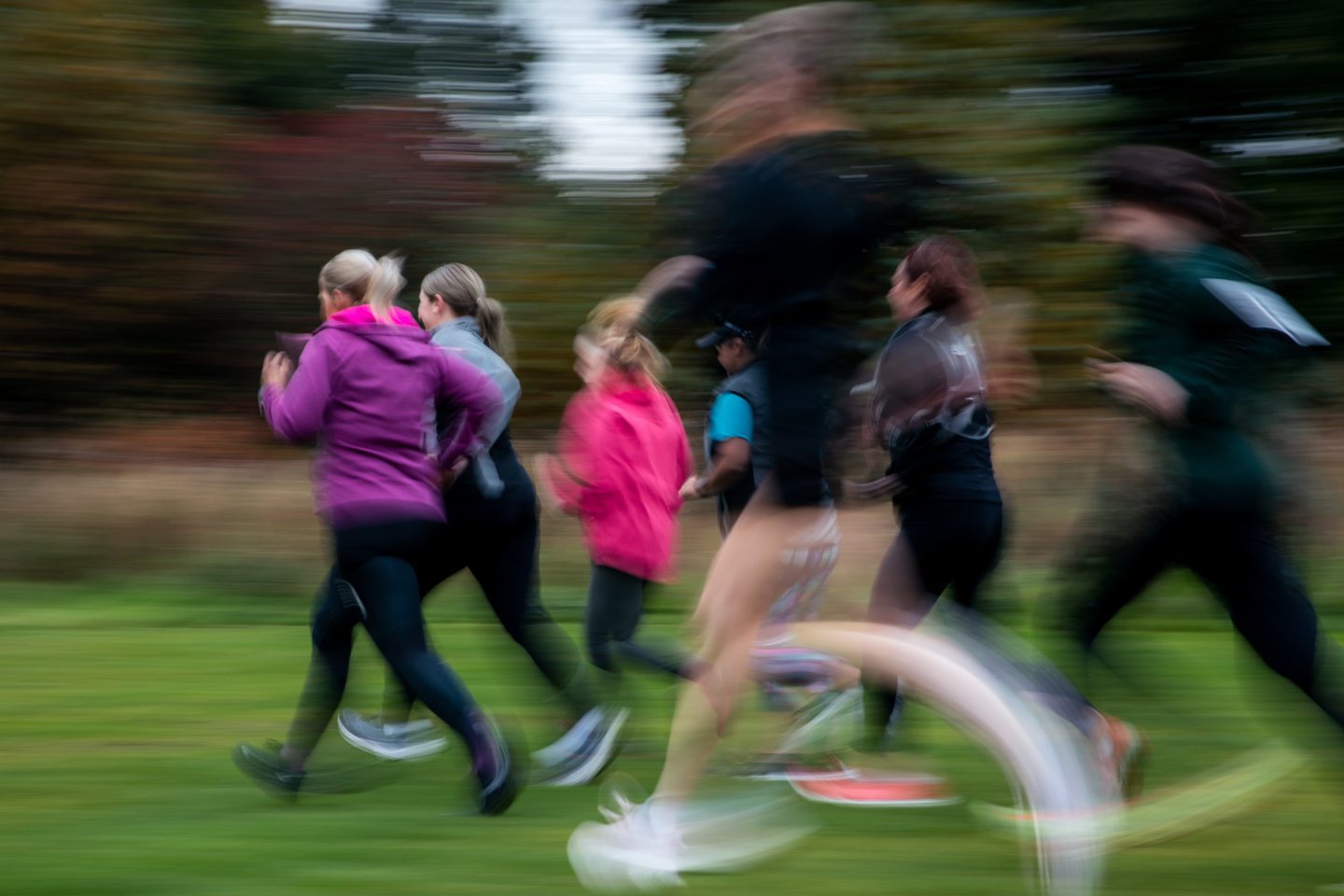
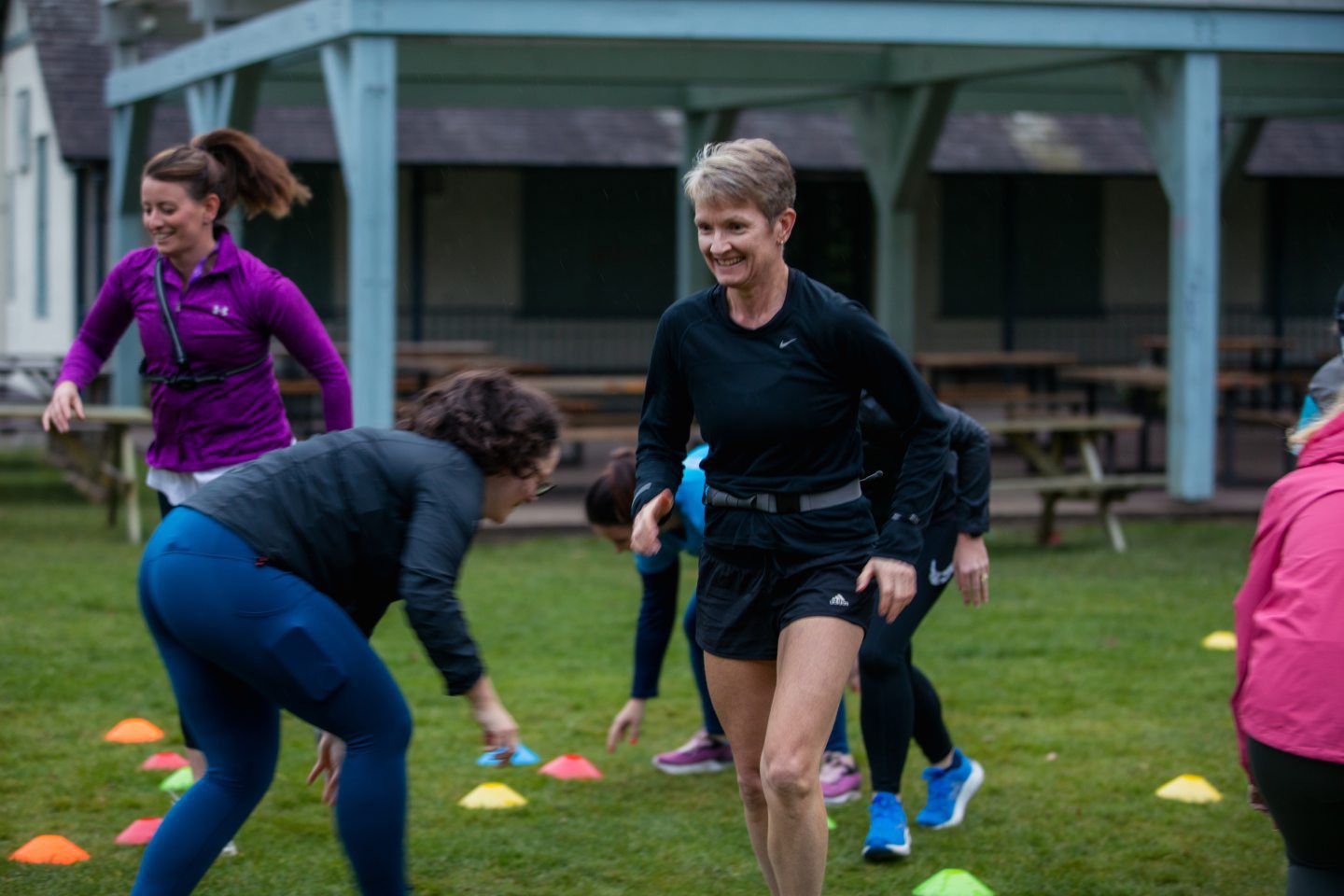
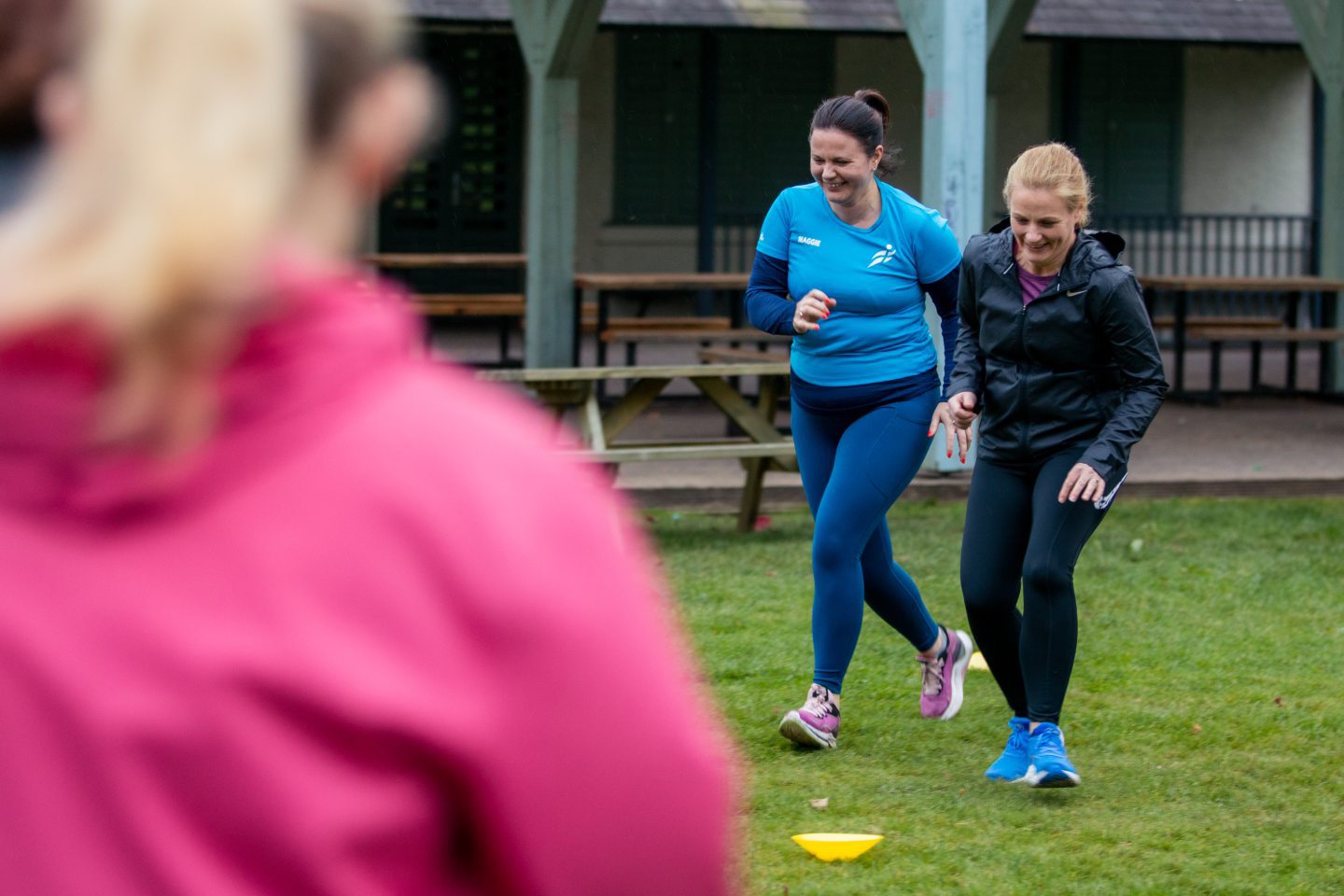


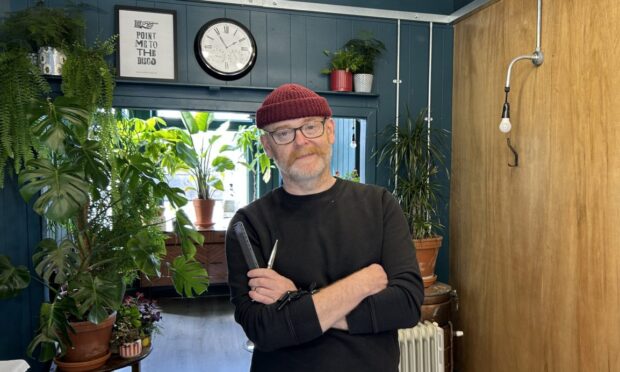

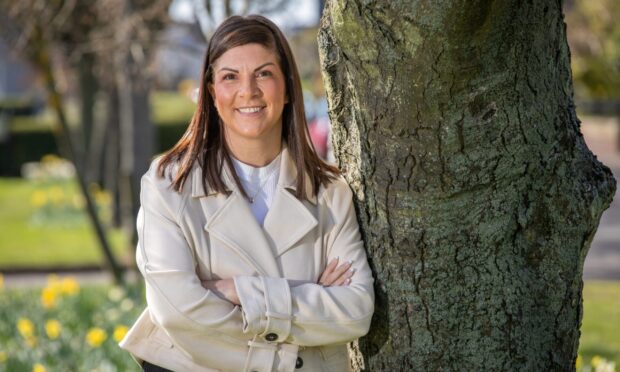

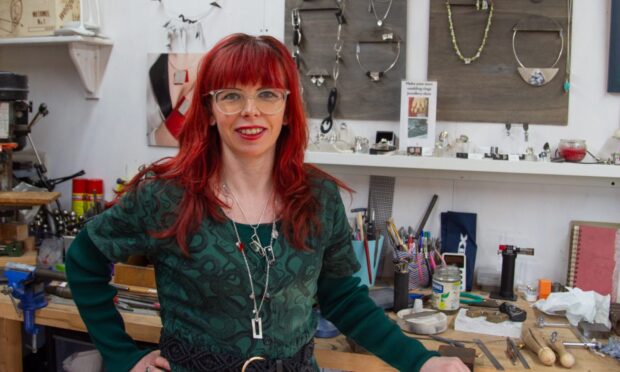
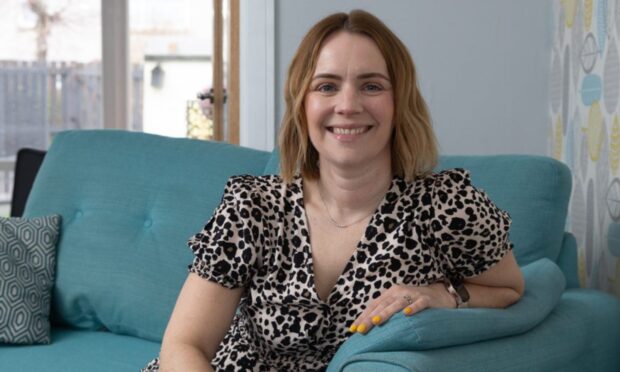
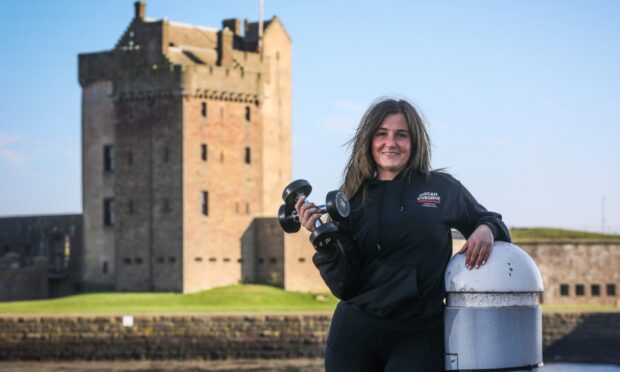
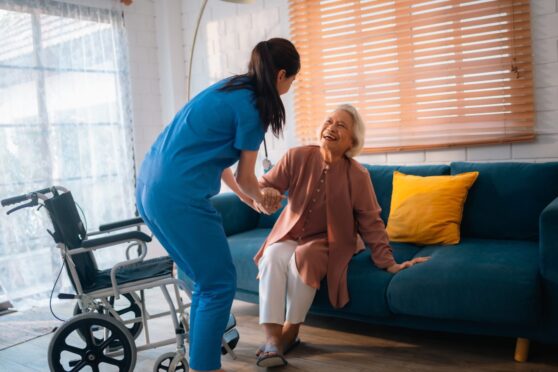
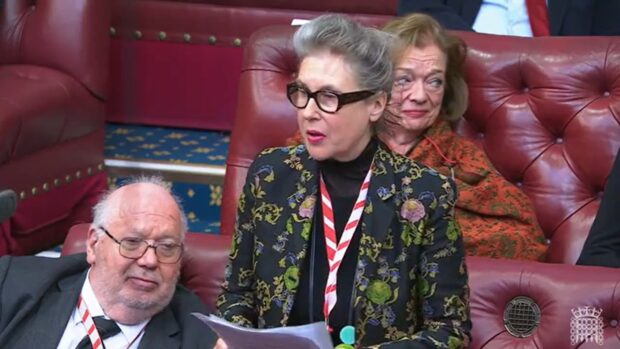
Conversation